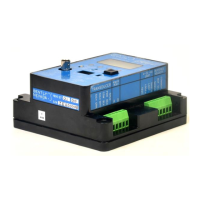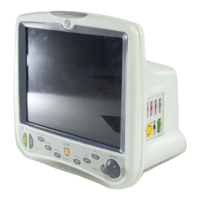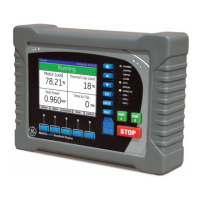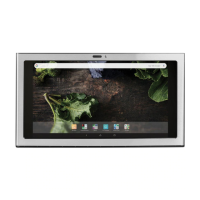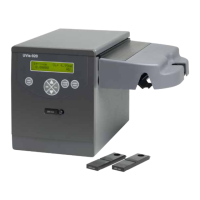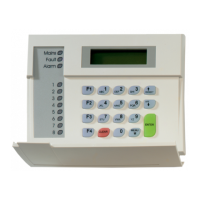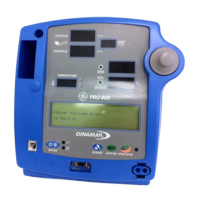6 2062665-001 G
HL7 Interface: HL7 Standard Background
HL7 Standard Background
Overview
The Health Level Seven (HL7) standard is used to exchange data between
computer systems. It does not require a specific computer operating system,
programming language, or communication protocol for its implementation.
The goal of the HL7 standard is to harmonize message content and usage, while
allowing user-specific variations within the standard. To accomplish this, the HL7
standard specifies encoding rules used to create the message format. Based on
these rules, the messages generally consist of data fields and data segments.
Multiple Segments
A message is comprised of multiple segments. While some of the segments are
required to create a message, others are optional. Each segment within the HL7
message is separated by special segment separator characters.
Data Elements
Each segment contains various data elements. The data elements may be of
varying lengths. Like the segments, they are separated from each other by
special separator characters. Certain data elements and their separators are
logically grouped together to create a data segment such as the message
header segment or the patient identification segment. With the exception of the
segment separator characters, the data contained in HL7 messages typically
consists of displayable ASCII characters.
Each data segment begins with a three character value, for example “MSH” for
the message header segment. These three characters uniquely identify the
segment within a given message. Segments are identified as either required or
optional, and some may be repeated. Similar to data fields, data segments are
separated from each other by segment separator characters.
Based on the HL7 encoding rules, each message within the HL7 protocol has a
known structure. The data segments and data fields that comprise a given
message are always the same. As a result, an individual data field can be found
within a message simply by knowing its configured position in a segment.
Data 2Data 1 Segment mSegment 2Data n
Segment 1
Message
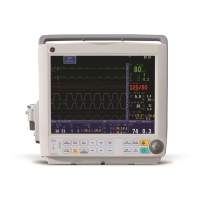
